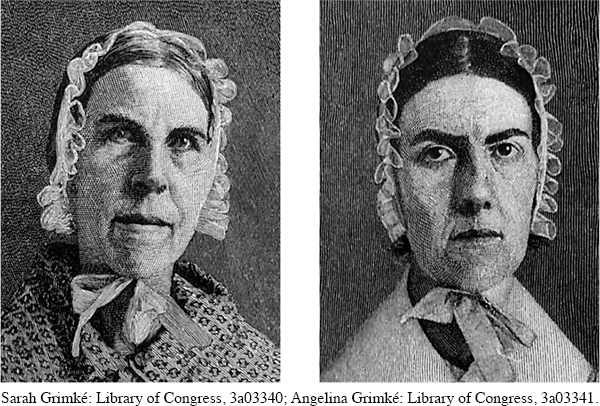The American Promise: Printed Page 283
The American Promise, Value Edition: Printed Page 262
The American Promise: A Concise History: Printed Page 296
Introduction to Chapter 11
The American Promise: Printed Page 283
The American Promise, Value Edition: Printed Page 262
The American Promise: A Concise History: Printed Page 296
Page 28311
The Expanding Republic
1815–

CONTENT LEARNING OBJECTIVES
After reading and studying this chapter, you should be able to:
Identify several contributing factors to the “market revolution.”
Describe political changes that led to the second party system.
Identify the Democrats’, the Whigs’, and Andrew Jackson’s political agendas.
Explain both sides of the controversy over the Indian Removal Act of 1829.
Explain the Second Great Awakening, and identify the major social reform movements it fueled.
Identify the issues and challenges that faced Martin Van Buren.
Explain how slavery emerged as a campaign issue in 1836 and how the panic of 1837 affected the country and Van Buren’s administration.
IN 1837, AUDIENCES THROUGHOUT MASSACHUSETTS WITNESSED THE astonishing spectacle of two sisters from a wealthy southern family delivering impassioned speeches about the evils of slavery. Women lecturers were rare in the 1830s, but Sarah and Angelina Grimké were on a mission, channeling a higher power to authorize their outspokenness. Angelina explained that “whilst in the act of speaking I am favored to forget little ‘I’ entirely & to feel altogether hid behind the great cause I am pleading.” In their seventy-
Not much in their family background predicted the sisters’ radical break with tradition. They grew up in elite surroundings in Charleston, South Carolina, where their father was chief justice of the state supreme court, yet they somehow managed to develop independent minds and a hatred of slavery. In the 1820s, both sisters moved to Philadelphia and joined the Quakers’ Society of Friends.
The abolitionist movement was in its infancy in the 1830s, centered around Boston’s William Lloyd Garrison, editor of the Liberator, who demanded an immediate end to slavery. In 1835, Angelina Grimké wrote to Garrison, describing herself as a white southern exile from slavery, and Garrison published her letter. Her rare voice of personal testimony caused a stir and propelled her into her new public career.
The American Promise: Printed Page 283
The American Promise, Value Edition: Printed Page 262
The American Promise: A Concise History: Printed Page 296
Page 284The sisters’ 1837 extended tour of Massachusetts led to a doubling of membership in northern antislavery societies. Newspapers and religious leaders fiercely debated the Grimkés’ boldness in presuming to lecture men, and the sisters defended their stand: “Whatever is morally right for a man to do is morally right for a woman to do,” Angelina wrote. “I recognize no rights but human rights.” Sarah produced a set of essays titled Letters on the Equality of the Sexes (1838), the first American treatise asserting women’s equality with men.

The Grimké sisters’ innovative radicalism was part of a vibrant, contested public life that came alive in the United States of the 1830s. This decade—
Expanded communication transformed politics dramatically. Sharp disagreements over the best way to promote individual liberty, economic opportunity, and national prosperity in the new economy defined key differences between presidential parties emerging in the early 1830s, attracting large numbers of white male voters into their ranks. Religion became democratized as well. A nationwide evangelical revival brought its adherents the certainty that salvation was now available to all.
Yet there were downsides. Steamboats blew up, banks and businesses periodically collapsed, alcoholism rates soared, Indians were killed or relocated farther west, and slavery continued to expand. The brash confidence that turned some people into rugged, self-
CHRONOLOGY
| 1807 |
|
| 1816 |
|
| 1817 |
|
| 1819 |
|
| 1825 |
|
| 1826 |
|
| 1828 |
|
| 1829 |
|
| 1830 |
|
| 1830– |
|
| 1831 |
|
| 1832 |
|
| 1833 |
|
| 1834 |
|
| 1836 |
|
| 1837 |
|
| 1838 |
|
| 1839 |
|
| 1840 |
|